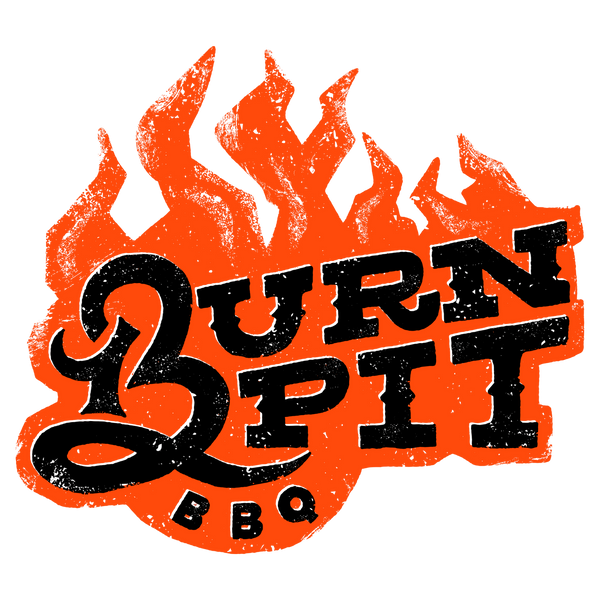
Common Types of Smokers
Share
There’s no doubt that if you are new to smoking, that you may be confused by all of the different types of smokers out there.
We’ve made things simple and put together a guide of the most common smokers and things to consider when choosing the right one to get your smoke on!
Propane/Gas

- Use propane or natural gas to produce heat
- Easy to operate with temp control
- Need wood chips to produce smokey flavor
- Heats faster than charcoal smoker and less messy
- Possible to run out of propane on long cooks, make sure to have a spare ready
Vertical Water Smokers

- Come in both charcoal-fired and electric models
- Comes in many styles and sizes
- Heat comes from the bottom and rises to food on racks above it
- Drip pan in middle of smoker allows for moist, steamy smoking environment
- Charcoal models require more attention and adding charcoal every hour
- A little clean up required if using charcoal
Offset Horizontal Smokers

- Barrel smokers have 2 parts: an offset firebox and a cylindrical smoking or cooking chamber
- Heats up with charcoal or small logs
- Heat is controlled by using dampers
- Operates at a low temp (225-250F)
- Holds larger amounts of food
- Able to add more fuel without letting heat out
- Takes longer to get up to temperature than propane
- Slight learning curve and lots of practice to produce excellent food
Pellet Smokers

- Uses sawdust pellets that feed into a firebox
- Built in thermometers to keep temps stable
- Able to set and walk away from
- A smoker, grill, and oven rolled into one
- Not much clean up
- Expensive – expect to pay at least $400 for an entry level one
- Runs on electricity, so you will need a socket near by
Electric

- Fire and forget smoking solution
- Smoke comes from woodchips which are suspended above the heating element
- Water pan creates vapor and indirect cooking environment
- Easy to use
- Flavor produced is different from other smokers due to lack of actual combustion
- Lack of combustion means meat won’t form a smoke ring
- Harder to get crisp crust on chicken skin or ribs due to moist atmosphere inside
Ceramic Grills

- Think Big Green Egg
- Ceramic walls aid in heat and moisture retention
- Fire produced at the bottom and food is placed on a grill grate above it
- Some models feature a deflector plate to reflect some of the heat
- Very multipurpose – can be used as a grill or pizza oven
- Thick walls are great way to keep temperatures consistent in colder climates
- Expensive – expect to pay around $1000 for a top end model
- Adding more fuel can be tricky because the fire sits below the food
- Takes some time to learn how best to use
Kettle Grills

- Turning a kettle grill into a smoker requires a little rearrangement of the charcoals inside
- Requires wood chips or chunks
- If you already have a kettle grill, you don’t need to buy a smoker (unless you want another one 😊)
- Because it is not designed to be a smoker, it can be difficult to control air flow
- Charcoal requires some clean up at the end
Things to consider
Budget
- Between $200-$500 you have a lot of great options in the charcoal, propane and electric styles
- Over $1,000 your options open right up and you can look at the best brands of offset smoker like Yoder, a quality Kamado like the Kamado Joe or a large high tech pellet smoker.
Type of Fuel
- We recommend a charcoal smoker to anyone who wants to learn the art of barbecue
- Pellet smoker for someone who just wants great food and can spend the money
- Propane for someone who doesn’t have a lot to spend but wants to set it and forget it
Number of People You Will Be Cooking For
- Are you cooking for yourself or for a large group? Look at the cooking area to determine the right size for your needs
Portability
- Smokers aren’t typically the most portable devices
- Good portable options are charcoal and pellet grills
- Some manufacturers do make nice units for camping and tailgating
After deciding which one is best for you, there will still be some learning to do. Make sure to follow the manufacturer’s directions and tips. And follow Burn Pit BBQ for more recipes and how-tos!
